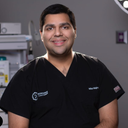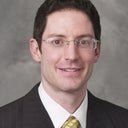Posted underAfrican American Rhinoplasty q&a
How Big of a Problem is Keloid Scarring with Rhinoplasty Surgery?
I am an African American considering rhinoplasty surgery, but I have a problem with Keloids. Am I still a candidate?
Answers (37)
From board-certified doctors and trusted medical professionals

Dr. Brian Maloney, MD, FACS
Board Certified Facial Plastic Surgeon, Board Certified Otolaryngologist
Answer
More African American Rhinoplasty Questions
See all African American Rhinoplasty Q&AWE SEND PRETTY
EMAILS
What’s trending? Who’s turning heads? Which TikTok myths need busting? We’ve got you. No fluff, no gatekeeping—just real talk. Get our free, unfiltered newsletter.









